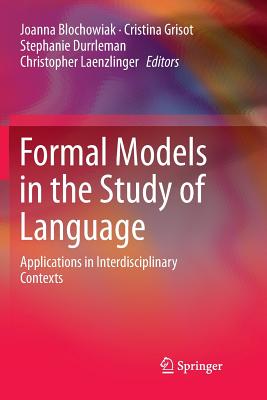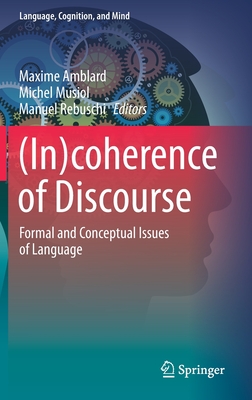商品描述
A proposal that a single linguistic/cognitive system, "targeting," underlies two domains of reference, anaphora (speech-internal) and deixis (speech-external). In this book, Leonard Talmy proposes that a single linguistic/cognitive system, targeting, underlies two domains of linguistic reference, those termed anaphora (for a referent that is an element of the current discourse) and deixis (for a referent outside the discourse and in the spatiotemporal surroundings). Talmy argues that language engages the same cognitive system to single out referents whether they are speech-internal or speech-external. Talmy explains the targeting system in this way: as a speaker communicates with a hearer, her attention is on an object to which she wishes to refer; this is her target. To get the hearer's attention on it as well, she uses a trigger--a word such as this, that, here, there, or now. The trigger initiates a three-stage process in the hearer: he seeks cues of ten distinct categories; uses these cues to determine the target; and then maps the concept of the target gleaned from the cues back onto the trigger to integrate it into the speaker's sentence, achieving comprehension. The whole interaction, Talmy explains, rests on a coordination of the speaker's and hearer's cognitive processing. The process is the same whether the referent is anaphoric or deictic. Talmy presents and analyzes the ten categories of cues, and examines sequences in targeting, including the steps by which interaction leads to joint attention. A glossary defines the new terms in the argument.
作者簡介
Leonard Talmy is Professor Emeritus of Linguistics and Director Emeritus of the Center for Cognitive Science at the University at Buffalo, State University of New York. He is the author of Toward a Cognitive Semantics, volume 1, Concept Structuring Systems, and volume 2, Typology and Process in Concept Structuring (MIT Press).










